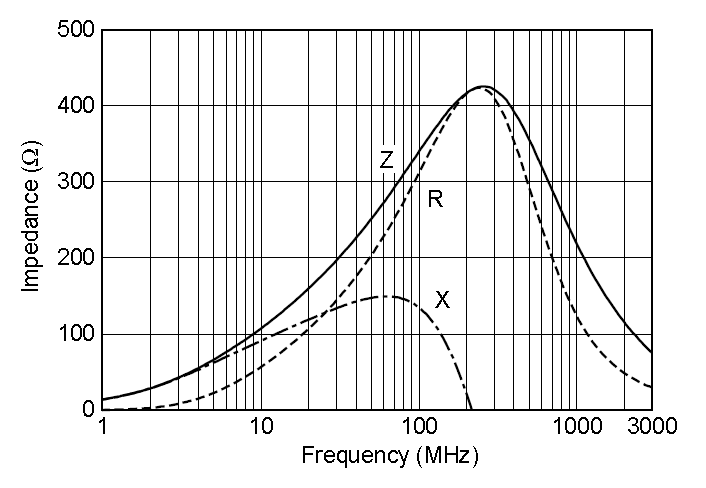I'm making a camera board using IMX225LQR image sensor. For this sensor you need 3.3V analog power supply and 1.8V, 1.2V digital power supplies. Also, the 1.8V power pins are close to the 3.3V analog pins. Thus I'd like to use ferrite bead to prevent noises in 3.3v rail generated by 1.8V digital power rails. But I have no idea what kinds of ferrite beads would be appropriate for this.
- DC resistance : Should it be as small as possible?
- impedance at each frequency: Should I look at impedances at 1Mhz, or 100Mz?
I'm going to use TPS62243 as 1.8V power supply. It's a switching regulator and has 2.25Mhz switching frequency. I wonder how you predict noise frequency, or if the 100Mz is general for noises in power rails.

